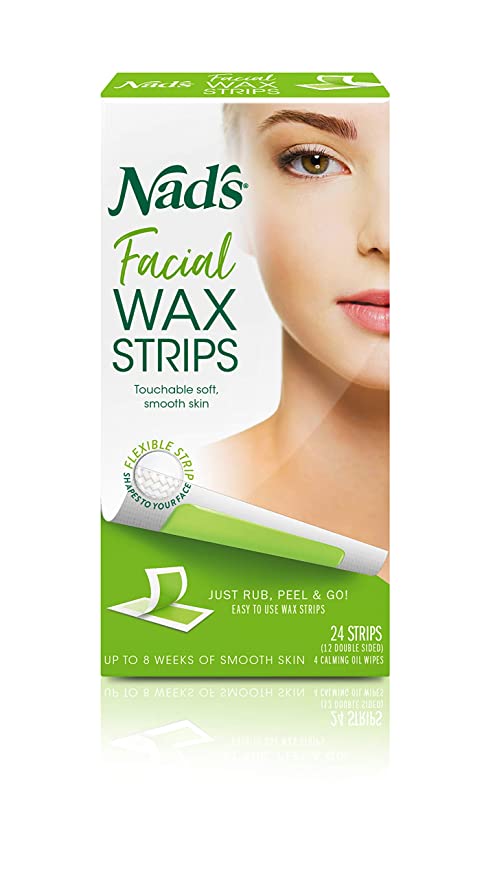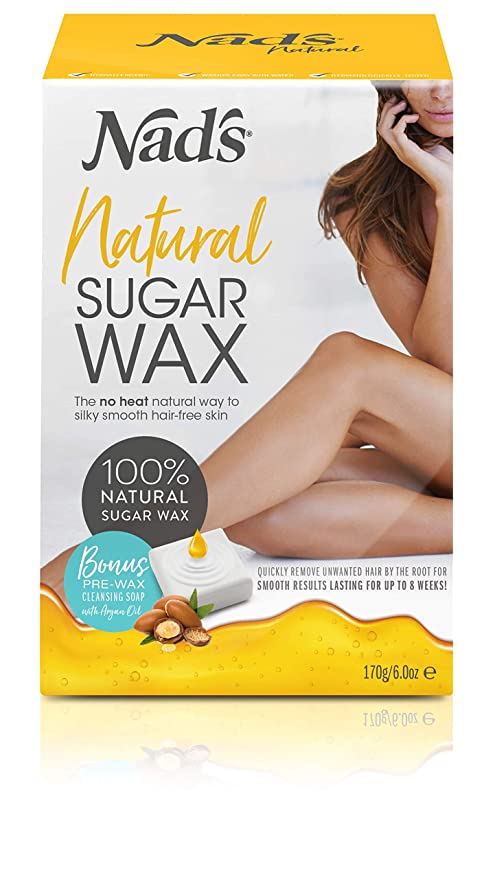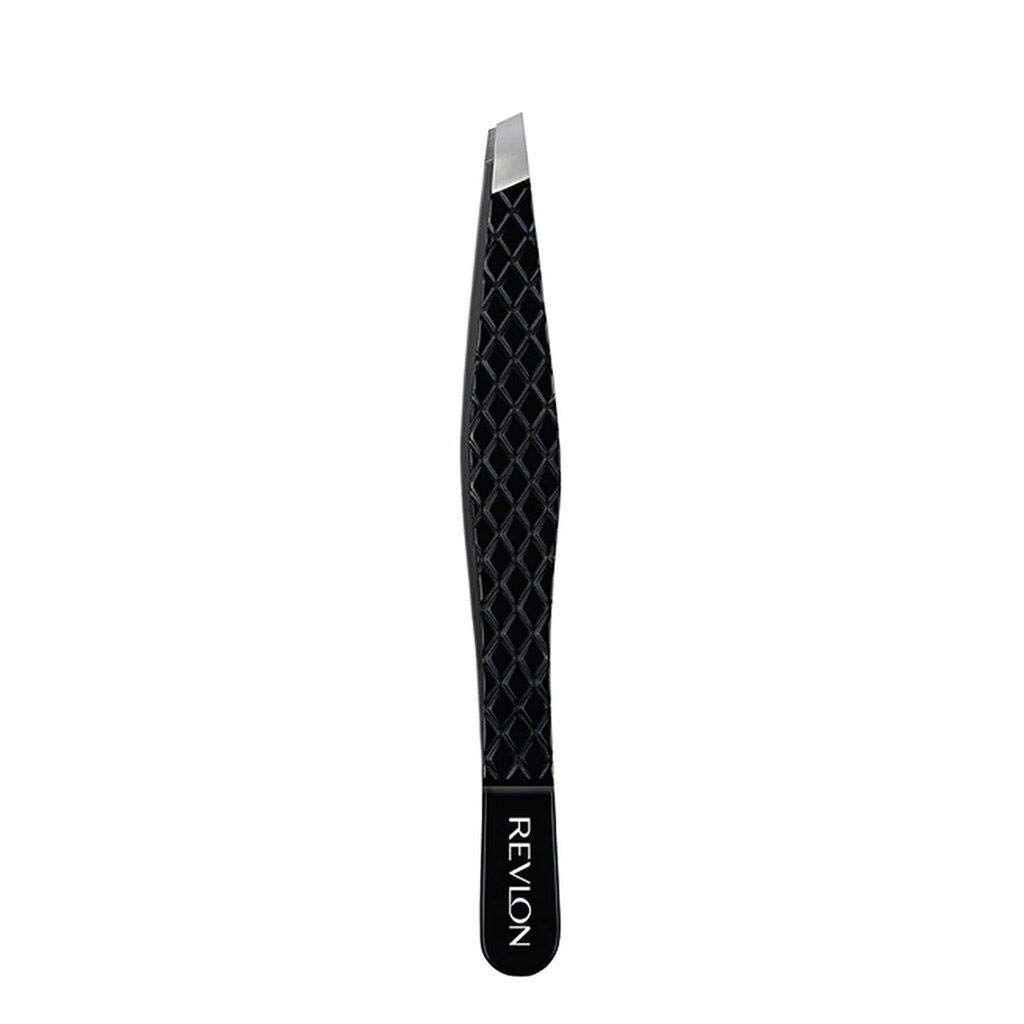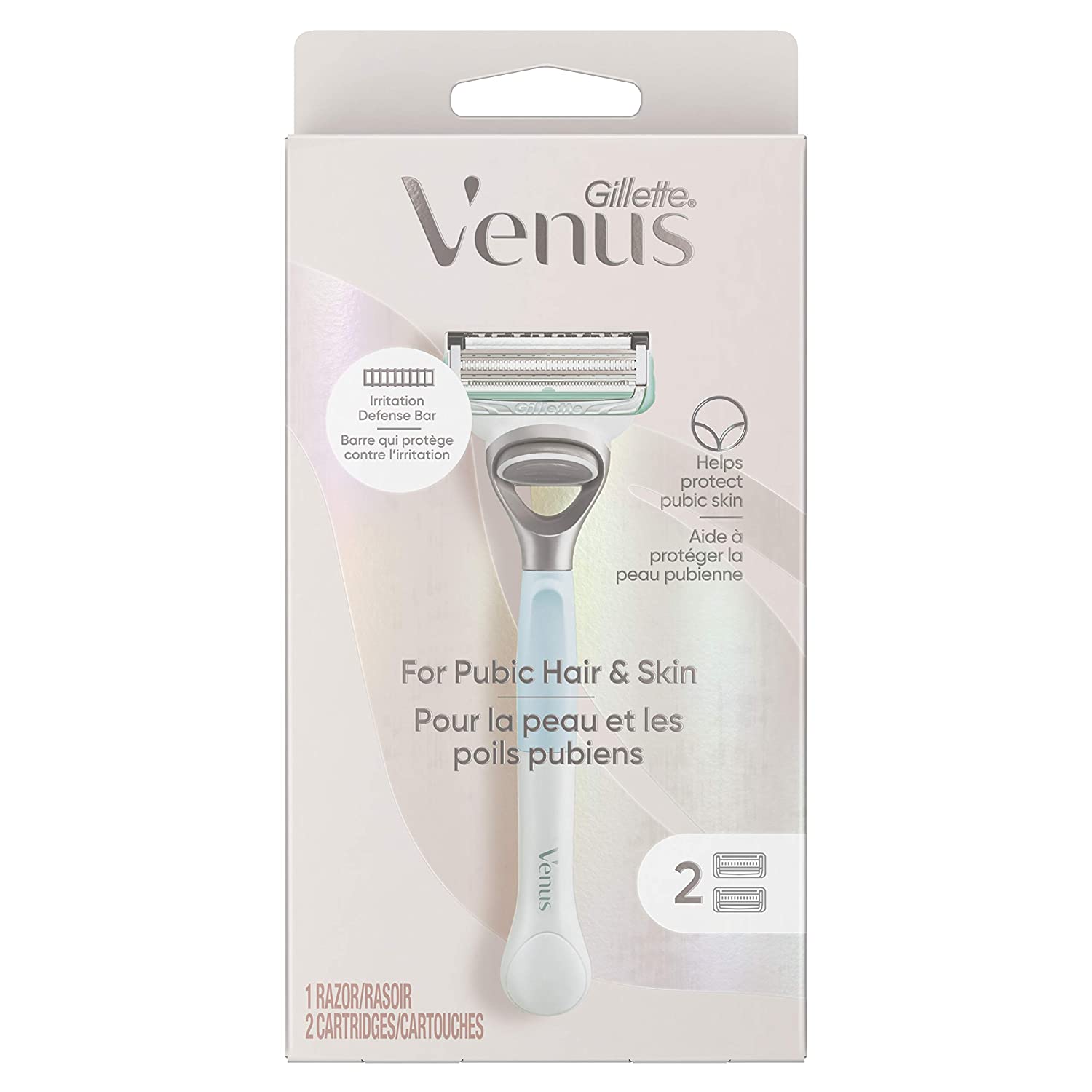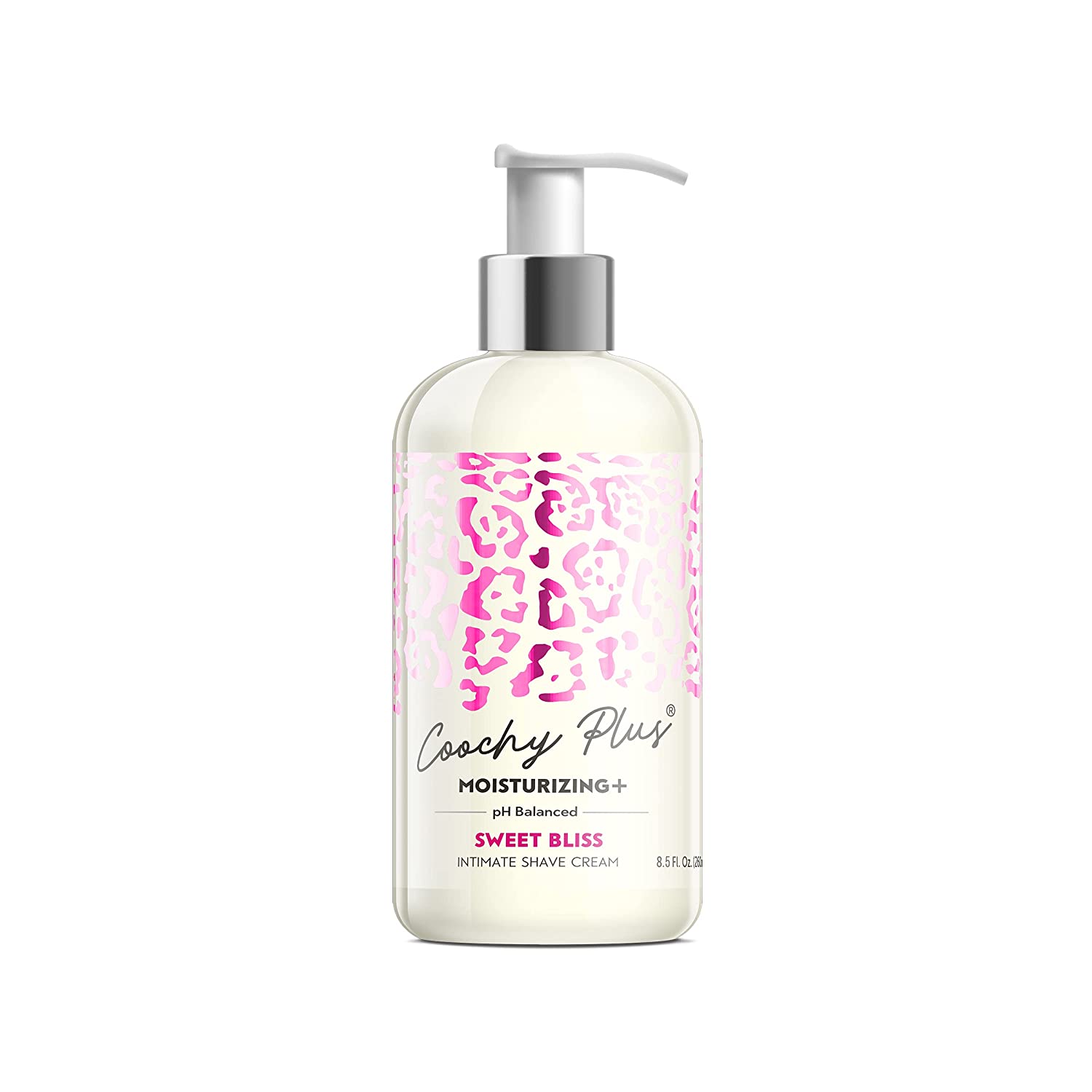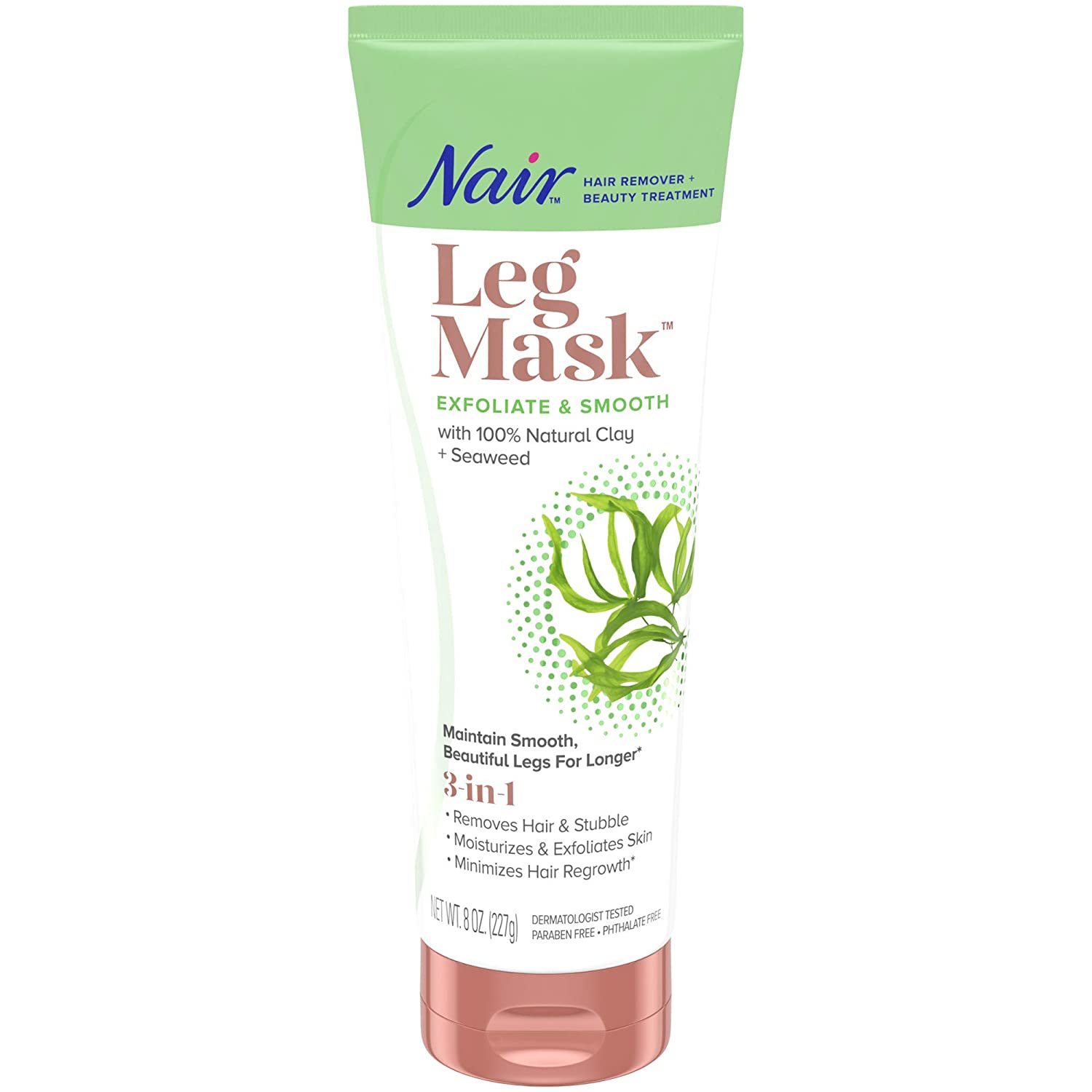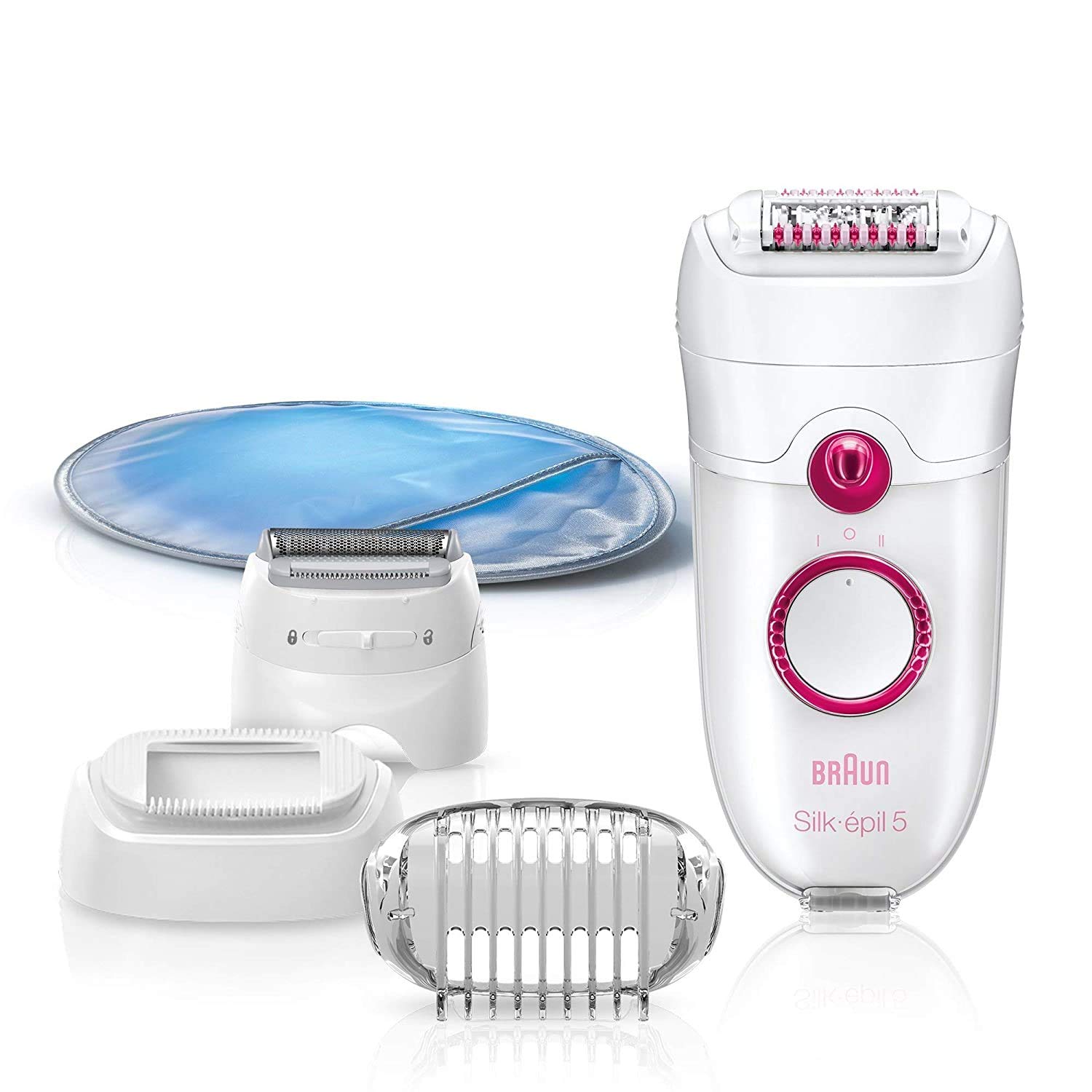The Ultimate Guide to All Your Hair Removal Options
- REVIEWS
- JULY 10, 2021
The Ultimate Guide to All Your Hair Removal Options
Ahh, hair removal—the process also known as the struggle to keep ourselves hair-free in various places from the neck down. While some folks embrace their body hair and rock it with pride, many opt to go hair-free in places like our legs, bikini line, underarms, and mustache.
There are many, many ways to get you there. While the destination is the same for all methods (meaning smooth skin), they all have their pluses and minuses that can impact which you choose to try. Maybe you are a shaving devotee. Perhaps you have a waxer on speed dial. Maybe you’ve opted to spring for laser hair removal, or maybe you use a combo of several methods depending on the body part.
Managing that unwanted body hair can feel like a pain, no matter what way you go. And we know there are some of you out there wondering if the method you’re using is really the best one for your skin type, tolerance for upkeep, and budget. So we decided to break the options: sugaring, waxing, depilatories (aka hair removal creams), electrolysis, threading, laser hair removal, and tweezing.
For help, we turned to dermatologists Rachel E. Maiman, MD, board-certified dermatologic surgeon and general dermatologist at Marmur Medical in New York City; Alicia Zalka, MD, a board-certified dermatologist in Newtown, Connecticut, and an associate clinical professor of dermatology at Yale University School of Medicine; and Dr. Sheila Farhang, MD, (aka Dr. Sheila) a board-certified dermatologist, reconstructive Moh’s surgeon, and founder of Avant Dermatology in Oro Valley, Arizona, to find the pros and cons of all the major methods of hair removal, how they work, which are the most (and least!) painful, how long you can expect to remain hairless, and if there’s anything to know before giving them a try.
Keep reading to have all your biggest hair removal questions answered! As for pricing, $ means less than $10 a session, $$ means $11 to $50 a session, and $$$ means over $51 a session.
Table of Contents

Photo: Getty
Waxing
How it removes hair: With hot wax spread in the direction of hair growth. Then, after either a fabric strip is placed over it, or the wax itself is allowed to cool to the point that it’s hard enough to lift off on its own, it’s zipped off in the opposite direction.
Pros: Devotees like it because it’s long-lasting (think three to six weeks) and ultra-smooth. Plus, sessions can be fast, depending on your waxer’s technique. And, says Zalka, "Depending on your tolerance for pain, all areas can be treated with waxing.”
Cons: The pain level is high here since you’re not only pulling out a lot of hair at once, but the wax sticks to the top layer of skin. That also means it’s not great for sensitive skin or for use on active skin conditions like acne, and shouldn’t be used on skin that has been treated with retinoids like isotretinoin, according to Zalka. The FDA also cautions people with diabetes and circulatory problems to avoid waxing and insists it should not be used over varicose veins, moles, or warts. Zalka also warns it’s common to get ingrown hairs after, as "The waxing procedure by definition is very irritating to the hair follicles.” And unless you’re skilled, she warns to leave this to the professionals—especially in tender areas like the bikini line.
Price:
At home: $
In salon: $$–$$$
Threading
How it removes hair: By creating a loop around the unwanted strands with a string and pulling them out at the root. You can find salons devoted to it all across the country. Check out how it compares to waxing here.
Pros: Zalka, says, "This method of hair removal is safe for all types of skin. In fact, it is the recommended form of hair removal for sensitive skin.” It also lasts up to four weeks.
Cons: For practitioners who place the thread in the mouth, there can be bacteria concerns, however, many salons have swapped to a hands-only technique that sometimes utilizes a neckpiece to hold the string. It can also be time-consuming and can sting a bit (similar to tweezing), so it’s best to keep to small areas like your upper lip and eyebrows. And, says Zalka, any type of hair removal that creates openings or potential cuts in the skin "runs a small risk of folliculitis, pimples at the treated area that occur when follicles become inflamed or, rarely, infected.”
Price: $$
Sugaring
How it removes hair: A lot like waxing but with a key difference: Instead of wax, it’s a sticky natural-based gel that’s zipped that’s used to zip hair off. It works at room temperature but can be heated if you prefer.
Pros: It’s gentler and easier to DIY than waxing with an at-home kit like Nad’s Natural Sugar Wax Kit ($13) (although you can find it in salons, too) and produces similar long-lasting results. "Sugaring allows the hair to be extracted from its follicle with less disruption of the skin itself. It does not rely on the heat that waxing does, hence is less inflammatory (for some) than waxing,” says Zalka. It’s also a little less likely to produce ingrown hairs.
Cons: Painful though gentler than waxing, it can be a bit harsh for sensitive types. The process can also be a bit messy when you do it at home, thanks to the stickiness of the gel. For more info, see our guide to sugaring.
Price:
At home: $
In salon: $$–$$$

Photo: Getty
Tweezing
How it removes hair: One by one with a pinching instrument you know as your old friend, the tweezer. Try Tweezerman Stainless Steel Slant Tweezer ($23).
Pros: Tweezing is incredibly easy to DIY and gives you a level of control that makes it ideal for shaping brows.
Cons: It can be painful and time-consuming, so it’s really only an option for small areas. And a warning: It can also be easy to over-think when doing your brows and go overboard. See the ’90s for proof. And it can be painful for those who aren’t used to the sting. Maiman’s advice? Tweeze after showering when skin is softer. Hold the skin taut with one hand while you tug with the other. And, she says, "I also recommend ensuring the skin is cleaned to avoid post hair removal breakouts.
Price: Free (after the initial tweezer purchase)

Photo: Getty
Shaving
How it removes hair: By cutting it close to the skin’s surface via a multi-blade razor (like Gilette Venus Razor for Public Hair and Skin ($20), dragged along skin covered in shaving cream or gel. Heads-up: Dr. Sheila says that how often you reach for a new blade "depends on the razor and how often blade is used, but usually every seven to 14 shaves.”
Pros: It’s perhaps the fastest—and some feel, easiest—hair removal method to pull off on your own. It can be used pretty much everywhere your skin and skill level can handle.
Cons: It can be irritating and cause tiny tears in the skin, which Dr. Sheila says makes it a no-go for a host of conditions like hidradenitis suppurativa, acne, and rashes. And if you’re all thumbs, this is not the best option for you. Since it only cuts hair to the surface, you may find yourself doing it daily, depending on how you feel about stubble. And you may end up getting ingrowns with this method as well.
Price: $
Depilatory Cream
How it removes hair: By dissolving the strands below the skin level via chemicals that break down keratin proteins. You simply smooth one like Nair Leg Mask ($9), await the allotted time on the instructions, and wipe the hair away.
Pros: It’s longer-lasting than shaving, usually adding at least a couple of days between sessions as compared to razors. It’s fast, as many work in under 10 minutes. And it doesn’t run the risk of cuts. (Psst—check this list of our favorites.)
Cons: The chemicals can be irritating. Dr. Sheila warns that with this method, there are "many reports of allergic contact dermatitis,” so you should always do a patch test before using it. Also, you should avoid if you have any open sores, infections, or conditions like eczema. You must use only as directed, as leaving the cream too long can cause worse irritation and even chemical burns! And it’s not an option for tender areas like your genitals and your face.
Price: $

Photo: Getty
Electrolysis
How it removes hair: By targeting and disrupting the hair with radiofrequency energy delivered through a thin needle placed into each follicle. It’s the only FDA-approved method of permanent hair removal and should be performed by a dermatologist in-office.
Pros: Results are permanent, and it works on all hair and skin types all over the body. Sheila says she suggests it as an option for people who don’t get results with laser hair reduction.
Cons: Some report that electrolysis is painful, and sessions take longer than laser removal methods. And it’s pricey. Sheila warns, "It could be up to $1000 for a small area with at least three sessions.” The FDA also warns of the potential for scarring if improper technique is used and the risk of infection from unsterile needles.
Price: $$$
Laser Hair Removal and IPL
How it removes hair: By using light to target melanin in the hair and causes thermal injury to the root. With a laser, one spectrum of light is used, while IPL (aka intense pulsed light) is multispectrum. Also note that although it’s commonly called "laser hair removal,” the correct term is actually laser hair reduction, as the results are semi-permanent and will require some maintenance treatments throughout the years.
Pros: Long-lasting results. After your initial treatment package (which will typically include between six and 10 sessions), you’ll only need the occasional maintenance session once or twice a year. They both work on people with acne and sensitive skin and can be used on the face, bikini area, back, arms, legs, chest, and underarms.
Cons: IPL can’t be used on dark skin tones at all, as its scattered light isn’t able to differentiate between the pigment in hair and dark skin, explains Maiman. The same goes for folks with light hair—no matter the color of their skin. Both groups may be candidates for lasers such as Nd:YAG Laser and diode. Regardless of which you go with, this method is expensive, think $300–$1200 per session.
Price: $$$
Epilator
How it removes hair: With a gadget like Braun Epilator Silk-epil 5 5-280 ($68) which looks a bit like an electronic razor but works differently. Maiman explains that it removes strands "with wheels that spin and a tweezer mechanism that plucks out hair when pressed against the skin.”
Pros: Results are long-lasting and thorough, as it grabs even very short strands. Maiman says, "Hairs also grow back with softer, narrower tips than hairs removed with a razor, so they feel softer and finer to the touch.
Cons: Runs a risk of bacterial folliculitis if the area isn’t properly cleaned before and after, says Maiman. Plus, she adds, "Epilators can be very painful if misused. To mitigate [that] I recommend pulling the skin taut before passing the machine over it.” Also, make sure the device is moved in the direction of hair growth. For those with sensitive skin, it’s best to test on a small area first.
Price: $
Up Next: SkinCeuticals' C E Ferulic Serum Is as Life-Changing as Everyone Says
